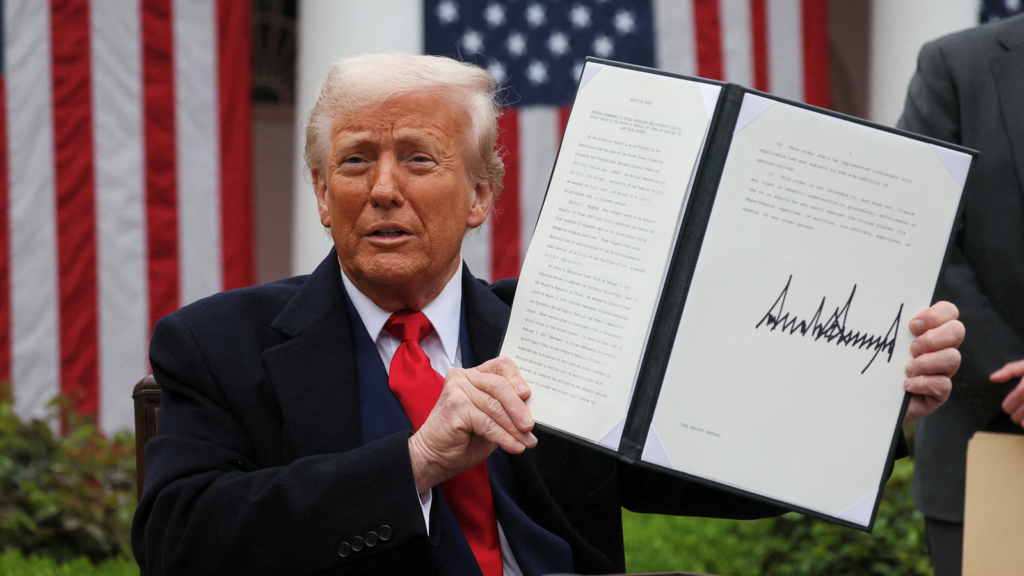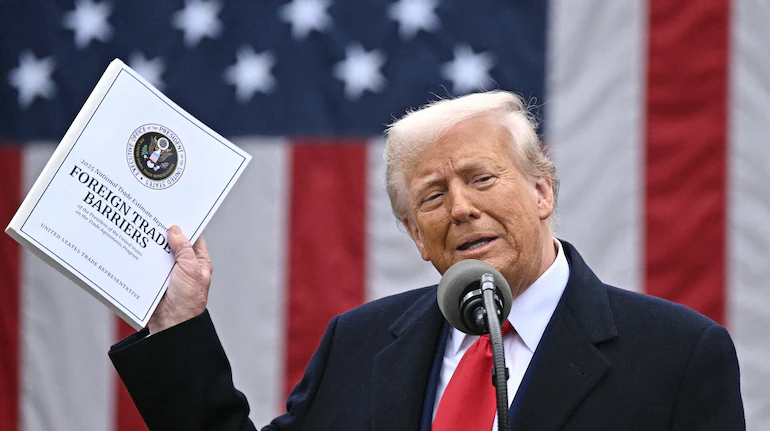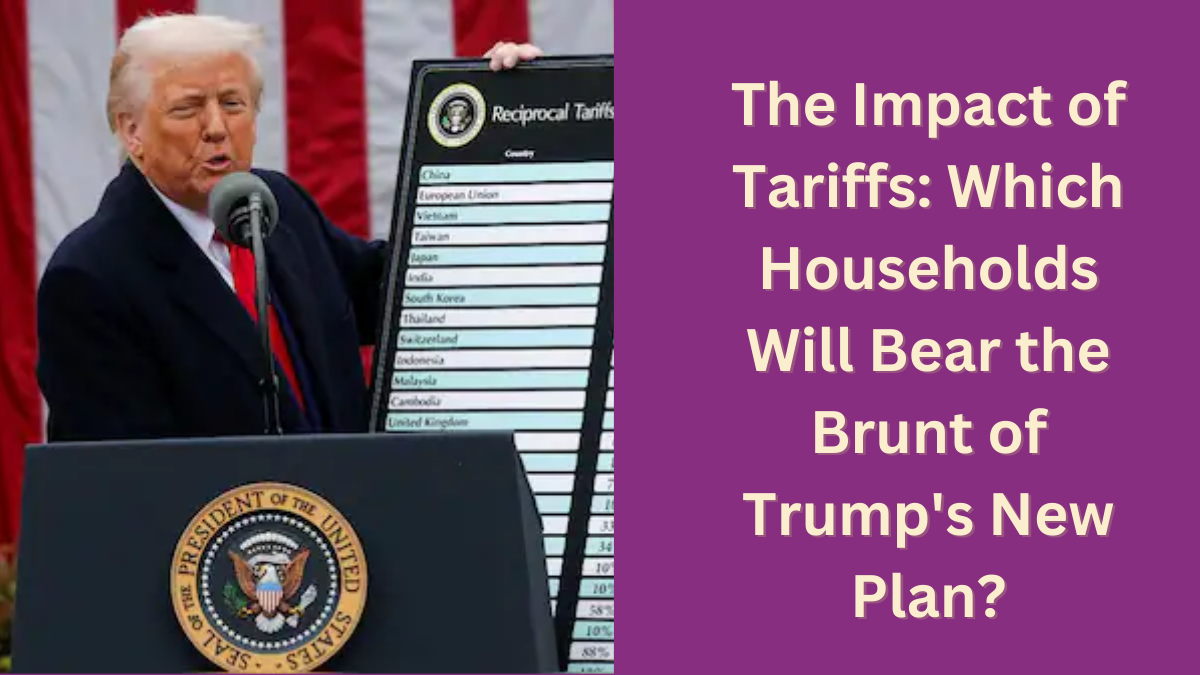Former President Donald Trump revealed an aggressive new tariff plan in April 2025, levying a minimum 10% duty on all imports with far higher rates for items from particular nations. Rates for imports from China, Vietnam, and the European Union would be respectively as high as 34%, 46%, and 20%. This action seeks to boost federal income, lower dependency on imported items, and support home industry.
How Tariffs Affect Consumer Prices
Tariffs immediately affect consumer goods since imported items get more costly. Businesses transfer these expenses on consumers when they pay higher taxes on completed goods and raw materials. This implies regular needs like groceries, clothes, gadgets, and cars could face price rises.
Among the items that can start to get quite more costly are:
- Electronics: Higher taxes will apply to smartphones, computers, gaming consoles—especially those made in China—as well as other items.
- Automobiles: Price increases in foreign-made vehicles and auto parts would impact both new and used car pricing.
- Groceries: imported foods including wine, chocolate, coffee, and shellfish may face price hikes.
- Household goods: Like tools, appliances, and furniture—may get more costly because of higher tariffs on imported manufacturing.
The Financial Burden on U.S. Households
The new tariffs may cost American homes anywhere from $1,700 to $4,200 annually in higher expenses, analysts project. Since middle- and lower-income households often spend more of their income on basics, these expenses will most affect them.
A 10% across-the-board tariff would produce, according to a report by the American Action Forum:
- For the typical household, additional yearly expenses ranging from $1,700 to $2,350.
- Coupled with a 60% duty on Chinese imports, homeowners could have annual bills totaling an extra $1,950.

Impact on Different Income Groups
Low- and Middle-Income Families
Working-class and middle-income families—who usually devote a sizable portion of their income on food, utilities, and household goods—will be most affected. Rising grocery, petrol, and medical supply prices could cause financial difficulty and force many families to reduce their discretionary spending.
Small Businesses
Many small companies maintain their competitiveness in prices by depending on imported products. Higher running expenses resulting from more taxes on goods and suppliers would make survival more difficult for small firms. They might have to eliminate jobs, hike prices, or perhaps close.
Wealthy Households
Although richer homes will also pay more, their capacity to absorb extra expenses means they will not face as much financial pressure as middle-class and lower-income families.
Industry-Specific Consequences
Manufacturing & Auto Industry
Given many automakers depend on imported components, the auto sector is projected to be among the most affected. Businesses might transfer these expenses on customers, which drives up vehicle prices.
Retail & E-Commerce
Retailers who get goods from Europe and Asia could find it difficult to keep reasonable pricing. Reduced inventory, retail job losses, and lower consumer spending might all follow from this.
Technology Sector
Tech behemoths like Apple, Dell, and HP—who produce most of their technology in China—may have to hike prices. Consumers could thus pay more for iPhones, computers, and other indispensable devices.
Possible Retaliation from Other Countries

One main worry is that nations impacted by these tariffs—including China, the EU, and Mexico—may exact reciprocal duties on American imports. U.S. businesses including manufacturing and agriculture that rely on exporting goods overseas will suffer as result. Particularly farmers could find challenges since their goods have limited access to foreign markets.
Inflation and Economic Uncertainty
The tariff plan’s main concern is that it would spur inflation, hence raising American households’ expenses. Should companies be compelled to hike prices in order to offset tariffs, the cost of living could rise more generally.
Conclusion
Although the Trump administration’s tariff proposal is meant to increase domestic production and lower trade imbalances, the immediate effects could be higher pricing for American firms and consumers. With low- and middle-income households bearing the most weight, households could see expenses rising hundreds of dollars annually.
FAQs:
Which elements make up Trump’s 2025 tariff proposal primarily?
With higher rates on Chinese (34%), Vietnamese (46%), and EU (20%), goods to support domestic production, the proposal sets a 10% minimum tax on all imports.
Could the typical American home pay these tariffs?
Depending on the degree of tariffs imposed and personal spending patterns, estimates indicate homes might pay between $1,700 and $4,200 more year.
Tariffs will cause which goods to face the largest price rises?
Prices for electronics, cars, groceries, clothes, and housing products are predicted to increase, thereby influencing consumers all around.

